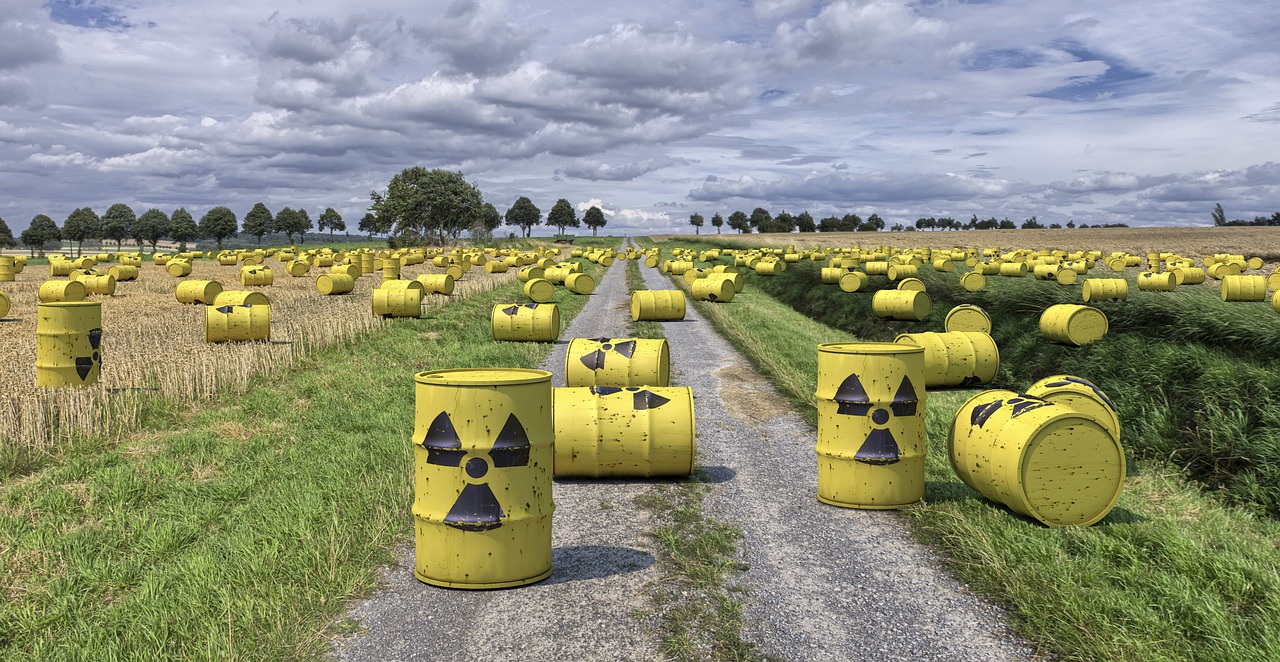Inside Russia’s Nuclear Forces: A Soldier’s Revelation
On the day Russia launched its full-scale invasion of Ukraine in February 2022, Anton, a former officer in Russia’s nuclear forces, found himself at the center of a critical military alert. He described how the nuclear weapons base where he served was placed on full combat readiness, a significant shift from the previous routine of exercises. This change marked a pivotal moment in the ongoing conflict and offered a rare glimpse into the inner workings of Russia’s nuclear capabilities.
A Controlled Environment
Anton met with journalists in an undisclosed location to share his experiences, as revealing his identity could jeopardize his safety. He confirmed his position and rank through documents but noted that the events he recounted align with official Russian statements made during that time.
According to Anton, from day one of the war, his unit was effectively isolated within their base and primarily monitored by Russian state television. He described their role not as combatants in the war but as guardians of nuclear weapons.
For approximately two to three weeks following the invasion, Anton’s unit remained on high alert. He emphasized the rigorous selection process for personnel within this closed environment, where only professional soldiers served—no conscripts were involved. Regular checks and lie-detector tests were mandatory, ensuring that security remained tight.
- Life at the facility was highly regulated.
- Soldiers were prohibited from bringing mobile phones onto the base.
- Visitors needed prior approval from security services, requiring months of notice.
Nuclear Arsenal Concerns
Russia possesses around 4,380 operational nuclear warheads, with approximately 1,700 deployed and ready for use. The threat of deploying tactical nuclear weapons—smaller missiles that could escalate conflict without significant fallout—remains a concern for global stability.
In recent developments, President Vladimir Putin ratified changes to Russia’s nuclear doctrine. This updated policy permits retaliation against non-nuclear states if they are perceived to be attacking Russia with conventional missiles, particularly if nuclear state support is involved.
Despite skepticism among some Western analysts regarding the functionality of Russia’s arsenal—citing aging Soviet-era technology—Anton firmly rejected these views. He insisted that constant maintenance ensures their operational readiness.
Anton revealed alarming directives he received post-invasion to propagate propaganda equating Ukrainian civilians with combatants—a stance he deemed a “war crime.” His refusal led to reprimands and eventual transfer to a regular assault brigade intended for frontline duty.
After signing a statement refusing involvement in warfare, Anton faced criminal charges and sought refuge with a volunteer organization aiding deserters. His case is part of a broader trend; reports indicate up to 350 deserters seek assistance each month amid increasing risks for those attempting to flee.
The Path Ahead
While Anton has left Russia behind, he remains vigilant about potential repercussions from security services still seeking him. He refrains from contact with former colleagues to protect them from potential fallout due to their association with him.
As tensions continue to escalate in Ukraine, Anton’s story underscores not only individual dissent within military ranks but also broader implications for international security as more Russian soldiers question their involvement in an increasingly contentious conflict.


